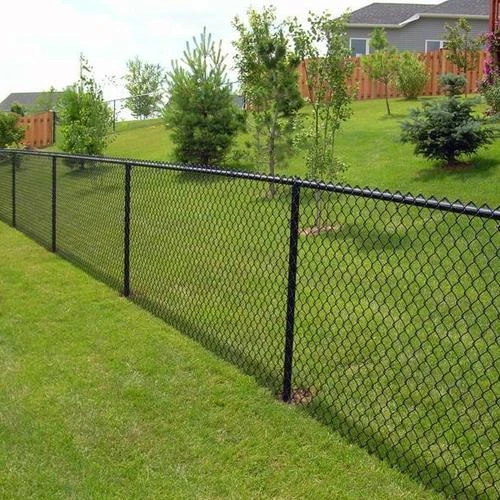 TEL:
+86-13102802206
TEL:
+86-13102802206
 Email:
fencenetting@china.com
Email:
fencenetting@china.com
 Language
Language
 TEL:
+86-13102802206
TEL:
+86-13102802206
 Email:
fencenetting@china.com
Email:
fencenetting@china.com
 Language
Language


The Importance of Barbed Wire Fencing on Compound Walls
As urbanization accelerates and populations continue to grow, the need for effective security measures becomes increasingly critical. One of the most effective solutions for securing properties is the installation of barbed wire fencing on compound walls. This article explores the benefits, applications, and considerations for using barbed wire fencing as a security solution.
Enhanced Security
The primary function of barbed wire fencing is to provide a robust security barrier. Combined with a compound wall, barbed wire can significantly enhance the overall security of a property. Its sharp edges make it difficult to climb over, deterring potential intruders. The presence of barbed wire sends a clear signal that the property is protected, often dissuading would-be trespassers from attempting to breach the barrier.
Moreover, barbed wire fencing is a cost-effective solution. Compared to other security measures, such as high-tech alarm systems or surveillance cameras, barbed wire requires less maintenance and installation costs. For property owners, especially in areas where crime rates are high, investing in barbed wire fencing can be a sensible and economical choice.
Versatility and Customization
Barbed wire fencing is versatile and can be customized to fit various property types and security needs. It can be installed on existing compound walls, regardless of material, whether they are made of concrete, brick, or masonry. This flexibility allows property owners to enhance security without the need for extensive renovations.
Barbed wire is also available in different configurations, such as single strand, double strand, or even electric options. Each type serves distinct purposes, and property owners can choose a setup that aligns with their security objectives. For instance, adding an electrified component can further deter intruders by delivering a non-lethal shock, enhancing the security effectiveness.

Aesthetics and Community Considerations
While security is paramount, the visual impact of barbed wire fencing should also be considered. In residential areas, property owners often worry that barbed wire may create an unwelcoming appearance. However, modern designs have introduced less intrusive forms of barbed wire that can blend more seamlessly into the environment. Decorative options are available that maintain security without compromising aesthetic appeal, allowing homeowners to strike a balance between safety and visual appeal.
Furthermore, community acceptance is an important issue when considering barbed wire fencing. In some neighborhoods, barbed wire may be seen as a sign of distress or danger. It’s essential for property owners to engage with their communities and comply with local regulations regarding fencing and property security. By fostering open communication, property owners can address concerns and ensure that their security measures are both effective and acceptable within their community.
Legal Considerations
Before installing barbed wire fencing, property owners should familiarize themselves with local laws and regulations. In some jurisdictions, there may be restrictions or requirements concerning the height, type, and placement of barbed wire. Failing to adhere to these regulations can result in fines or the requirement to remove the fencing. Understanding legal boundaries ensures not only compliance but also enhances the overall safety of the property.
Conclusion
Barbed wire fencing on compound walls serves as a formidable deterrent against unauthorized access and criminal activity. Its effective security capabilities, versatility in customization, economic benefits, and the potential for community acceptance make it a viable option for property owners seeking to enhance their safety measures. However, balance is key—property owners should consider aesthetic implications and legal requirements while prioritizing security. Ultimately, an informed approach to barbed wire fencing can significantly contribute to a safer environment, providing peace of mind within both residential and commercial settings.